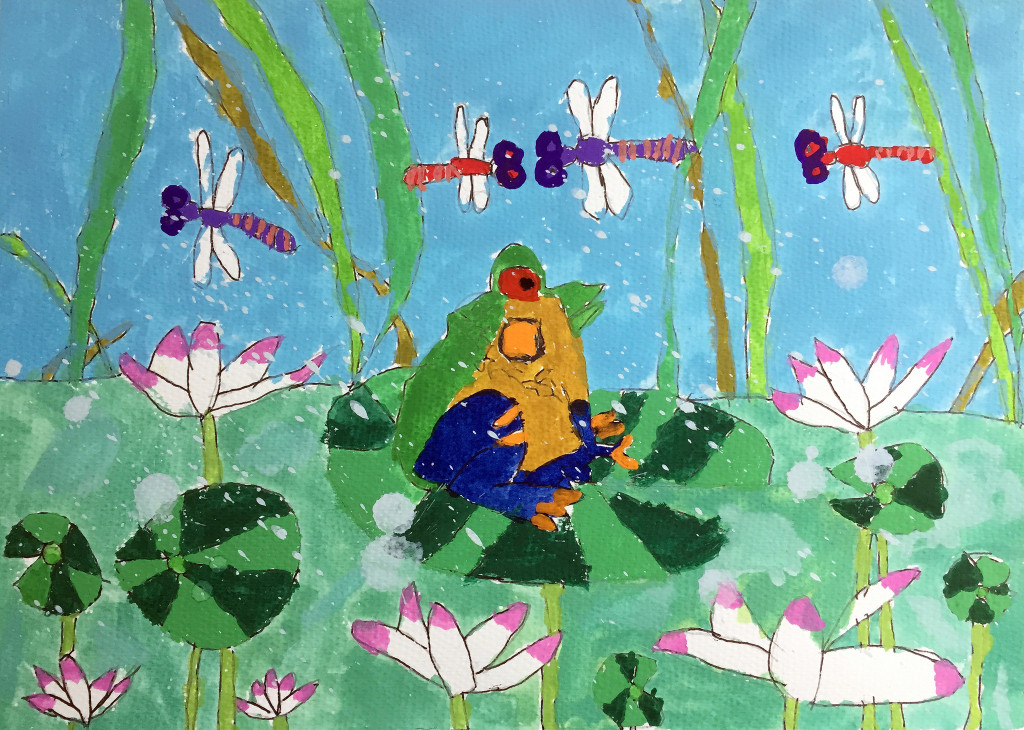The Perfect Pond for You and the Environment
Garden’s say a lot about their owners. You can see a reflection of the owner’s personality in how their garden is presented. If you see a garden that is frequently maintained and full of life and colour it’s more likely that the owner is a keen gardener, or maybe just has the time to dedicate towards the garden’s maintenance. If you see a garden that is lost and overgrown, then a sense of organisation may spring to mind. The overall look of a garden can also determine the way people look at a house as a whole. The garden is a key element in the overall image and it’s vital to make sure your garden gives viewers the message you wish them to receive. There are so many ways in which you can make your garden stand out amongst the rest, and a perfect way is to add features that are different and exciting. Ponds are a traditional feature that have been around for years. Many people look at ponds and instantly say no to the idea simply because they think that they are more trouble than they’re worth. What people don’t realise is that ponds are actually very useful for pest management, wildlife sanctuaries and also just look great in your garden. They’re easy to maintain and cost efficient, too. There are many different types of ponds you can choose from to ensure you get the perfect pond for your garden.
When deciding on the type of pond you wish to go for, think about whether you want your pond to be in ground, above ground or partly in ground. Your decision should depend entirely on your garden and what will suit it best. If you have children you may also wish to consider an above ground pond, as this eliminates the risk of anybody falling in or going for a quick swim with the fish. Having an above ground pond also enables you to create your own display, you can use coloured tiles to surround the pond bed and grow plants around the area. Alternatively, if you wanted to go for an in ground or partly in ground pond you can consider the way in which you wish to display this, consider how you wish to contain, surround and line the pond. You can always make the decision that suits your garden type. There is no specific choice when it comes to the details of your pond design, which is another reason why they are so great.
Once you’ve decided on the type of pond you wish to go for, how you will line and contain it, and determined the size of the area, this will determine the wildlife that appears. Ponds are vital when it comes to wildlife, and you can guarantee that your pond will become the centre of attention for beautiful creatures like dragonflies, house martens, ducklings, frogs and more. You could have a range of beautiful fish living in your pond, to add a little excitement but also to encourage other wildlife to visit. Ensuring you feed them and maintain the water, keeping fish is a perfect way to make the most out of your pond, plus they’re like extra pets that you can keep checking on and watch, as they grow in your own garden.
When it comes to the maintenance of the pond there is little you need to do. You must ensure you keep on top of the weeds and algae; you will find most animals living in the pond will use these for hiding so be extra careful when weeding or cleaning these plants. You can use a net to remove excessive, such as leaves, dirt and dead flies. Removing the dead flies will however be done for you by certain animals living in or around the pond. For example, dragonflies and house martens will spend their time swooping down and removing the flies from the ponds surface, along with frogs and toads that will clear the water surface of any tasty little flies they can get hold of.
![By Nikolaj Potanin (Own work) [CC BY-SA 3.0 (http://creativecommons.org/licenses/by-sa/3.0)], via Wikimedia Commons](http://frogsaregreen.org/wp-content/uploads/2016/03/Lily_and_frog-1024x696.jpg)
By Nikolaj Potanin (Own work) [CC BY-SA 3.0 (http://creativecommons.org/licenses/by-sa/3.0)], via Wikimedia Commons
Finally, you can consider the overall presentation of your pond. The design of a pond is important for both appearance as well as wildlife. Designing your pond to suit your home is key. You can surround your pond with shrubbery and plants to create your own little sanctuary. Growing plants around the pond may also encourage animals to create a new habitat in the plants or water surrounding. Lighting is another great feature to consider, whether you opt for in-water lighting or lights to surround the pond, they will be a huge benefit to both your gardens aesthetic as well as the nature surrounding the pond. When fitting the lights, remember to use a weatherproof junction box to ensure that you have safe fittings and the lights are protected from any weather. Lighting will add a glamorous effect and highlight your new garden feature, making it stand out and look great. Why not add other little items such as gnomes, fairy figures or magical fantasy items. These are a little bit of fun but also add character and excitement to the pond and its surroundings.
Guest blog by Jasmine Smith.
Additional posts from Frogs Are Green on Ponds:
http://frogsaregreen.org/keeping-your-pond-alive/
http://frogsaregreen.org/attracting-newts-to-your-pond/
http://frogsaregreen.org/pond-maintenance-tips-for-keeping-wildlife-at-your-pond/


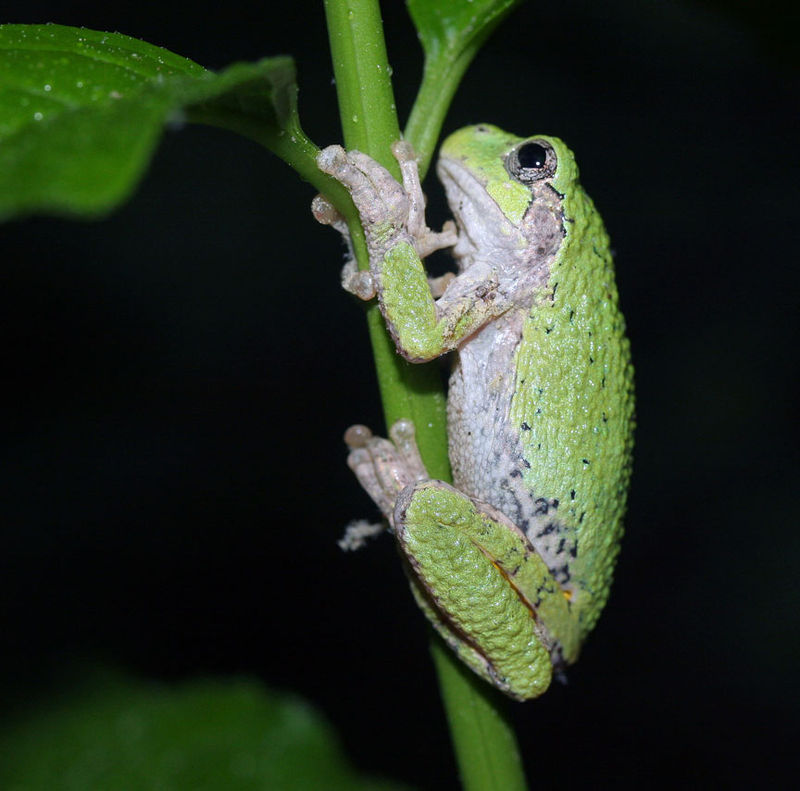
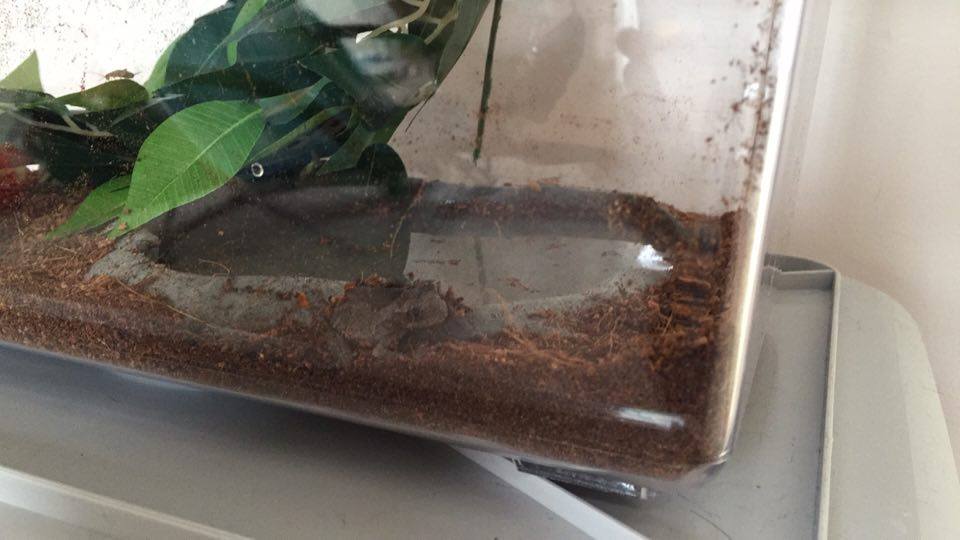
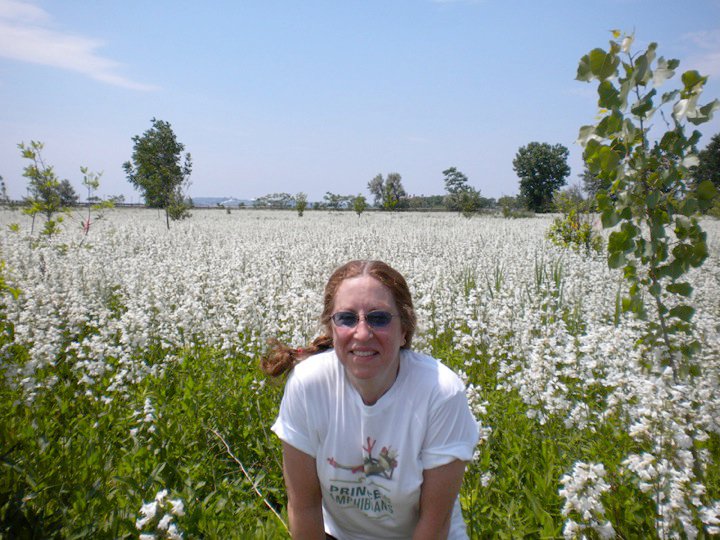









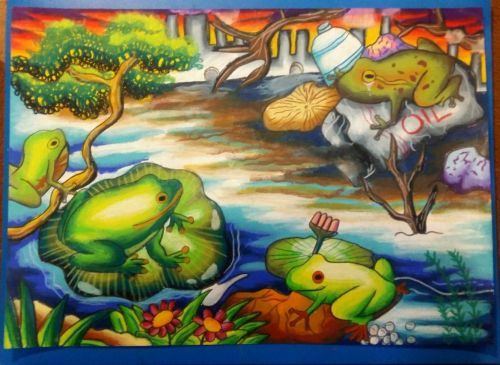






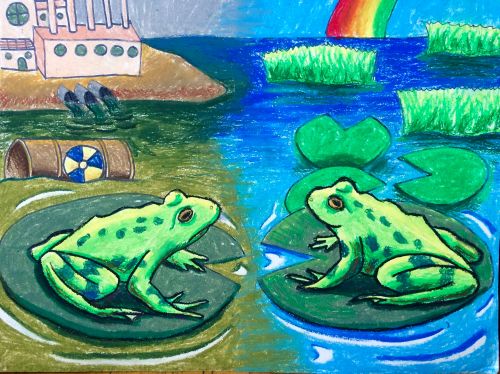






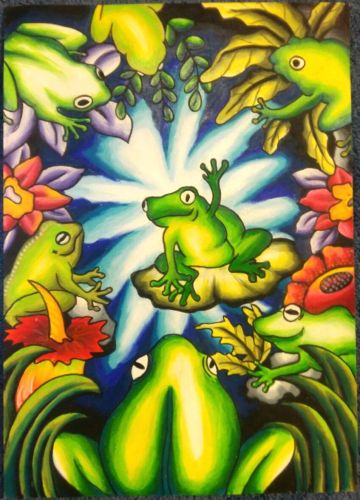






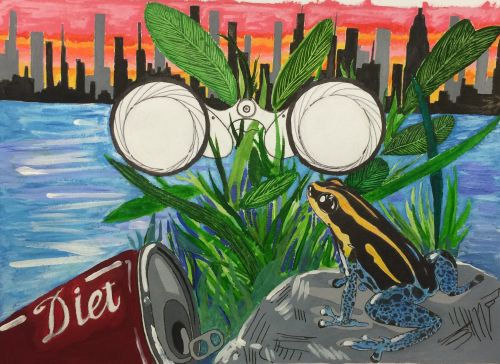










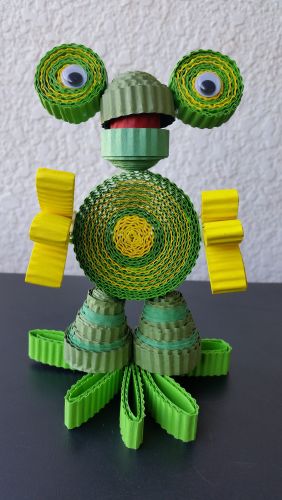




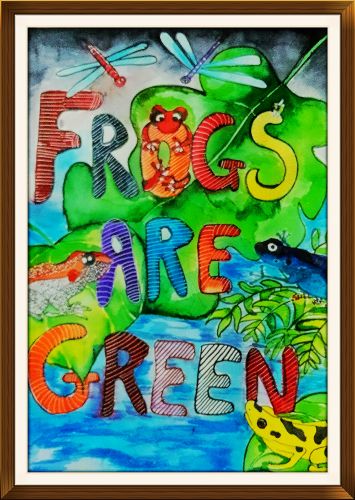










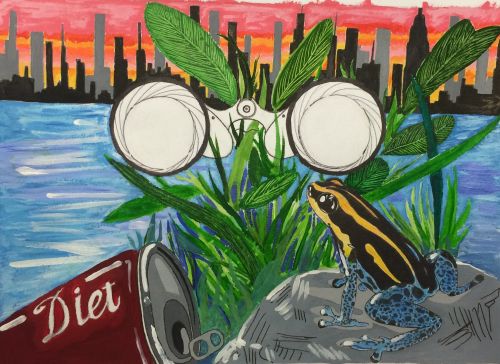










![By U.S. Fish and Wildlife Service Headquarters [CC BY 2.0 (http://creativecommons.org/licenses/by/2.0)], via Wikimedia Commons](http://frogsaregreen.org/wp-content/uploads/2015/12/Two_children_hiking_in_the_woods_8540597552.jpg)
